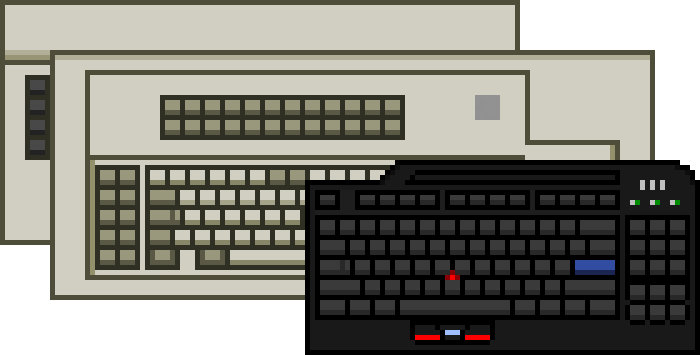P/N 1396047 - Model M SSK Keyboard Details & Specs
Provided by the ASK Keyboard Part Number Database
IBM Space Saving Keyboard
| Packaging part numbers | 1396052 |
|---|---|
| Type | Model M Space Saving Keyboard |
| Nickname | SSK |
| OEMs or ODMs | IBM |
| Keyswitches | IBM membrane buckling springs |
| Earliest appearance | |
| Original keycaps | PBT with dye-sublimated legends |
| Cover colour | Pearl White |
| Branding | IBM blue oval badge |
| Feet | Single-setting flip-out feet |
| Protocol | IBM Mode 2 (scancode set 2) |
| Connection | Grey coiled-style detachable 6-pin SDL to 6-pin mini-DIN PS/2 cable |
| Number of keys | 85 |
| Form factor | Tenkeyless |
| Layout & language | PC-style: ISO Latin American Spanish (ID 171) |
| Additional notes | Was available as an option for IBM PS/2 systems |
| Sources | Doc: IBM PS/2 Model 25 SX Hardware Maintenance Manual pamphlet (#S10G-6610-00) [source: ManualsLib] Doc: IBM Personal System/2 Hardware Maintenance Manual (#S52G-9971-02) [source: Ardent Tool] |
| Data last updated |

